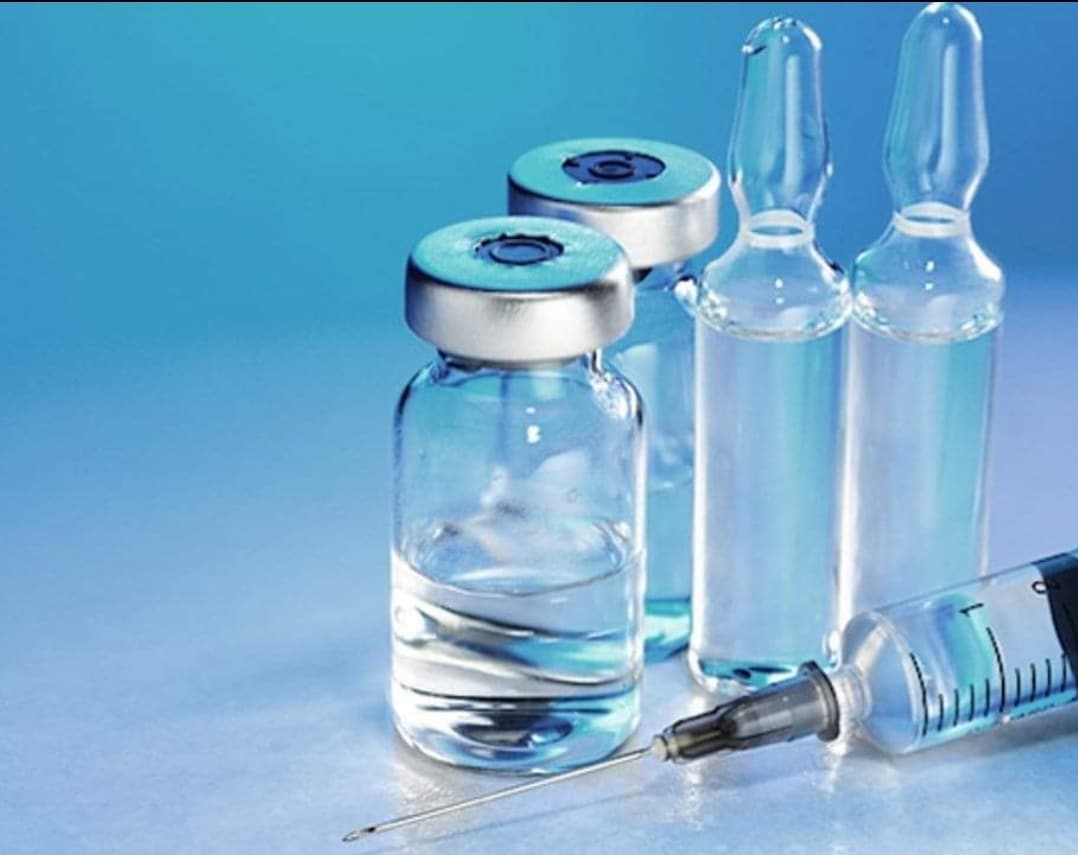USP Clarity and Color of Solutions Testing
The United States Pharmacopeia (USP) Clarity and Color of Solutions testing is a critical component in ensuring the quality, safety, and efficacy of injectable and parenteral products. This test evaluates two key parameters: clarity and color, which are essential for maintaining product integrity and patient safety.
Clarity refers to the transparency or opacity of the solution, while color assesses the presence, intensity, and uniformity of any pigments in the liquid. These tests are particularly important for parenteral products as they can directly impact the solubility, stability, and bioavailability of active ingredients. The clarity test helps detect particulate matter that may compromise sterility or lead to infusion issues, whereas color evaluation ensures that the product adheres to its specification, which is critical in preventing adverse reactions.
According to USP guidelines, the clarity test involves visual inspection using a light source and viewing angle, while color testing often utilizes spectrophotometric methods. The standards for acceptable limits of clarity and color vary depending on the specific product and its intended use.
For quality managers and compliance officers, this service is vital in ensuring that products meet regulatory requirements and internal specifications. R&D engineers rely on this test to fine-tune formulations and processes. For procurement teams, it serves as a key metric for supplier evaluation and contract negotiation. The clarity and color of solutions testing ensures not only the consistency but also the safety of pharmaceutical products.
The process typically involves collecting representative samples from the production batch or incoming materials. These samples are then prepared according to USP specifications, which may include dilution or concentration steps depending on the product's characteristics. Once prepared, the samples undergo visual inspection and spectroscopic analysis as per the test methods outlined in the relevant chapters of the USP.
The instrumentation used for this testing includes light sources such as tungsten-halogen lamps or xenon arc lamps, spectrophotometers, and colorimeters. The choice of equipment depends on the sensitivity required for detecting particulates and color variations within the product specifications.
Compliance with USP standards is crucial in the pharmaceutical industry to ensure that products are safe and effective. By adhering to these tests, manufacturers can demonstrate their commitment to quality and regulatory compliance, thereby enhancing patient confidence and trust. The results of this testing not only support internal decision-making processes but also provide data for regulatory submissions.
The importance of clarity and color in injectable and parenteral products cannot be overstated. A clear understanding of the test parameters and procedures ensures that healthcare professionals have reliable information to make informed decisions about patient care.
- Visual Inspection
- Spectrophotometric Analysis
- Light Source Selection
- Sample Preparation
The clarity and color of solutions testing plays a pivotal role in the pharmaceutical sector, particularly for injectable and parenteral products. It ensures that these critical medications are safe and effective by adhering to stringent USP standards.
Benefits
The benefits of conducting USP Clarity and Color of Solutions testing extend beyond mere compliance with regulatory requirements; they contribute significantly to the overall quality assurance process. By ensuring that injectable and parenteral products meet specified clarity and color standards, this service helps in:
- Enhanced Patient Safety: Ensuring particulate matter is within acceptable limits reduces the risk of adverse reactions or complications.
- Improved Product Quality: Consistent results across batches enhance the reputation of your brand and build trust among stakeholders.
- Regulatory Compliance: Meeting USP standards ensures that products are eligible for market release, thereby reducing delays in product launches.
- Efficient R&D: Clearer insights into formulation stability can lead to more effective drug delivery systems.
- Cost Efficiency: Early detection of issues through this testing can prevent costly recalls and reworks down the line.
In summary, USP Clarity and Color of Solutions Testing is an indispensable tool for maintaining high standards in injectable and parenteral product manufacturing. It supports a comprehensive approach to quality assurance that ultimately benefits both manufacturers and patients.
International Acceptance and Recognition
The USP Clarity and Color of Solutions Testing enjoys widespread acceptance and recognition across the globe due to its rigorous standards and consistent methodology. This service is not only recognized by regulatory bodies within the United States but also by numerous international organizations, including:
- ISO for standardization in testing methodologies
- ASTM International for material and performance specifications
- EN for European standards
- IEC for electrical, electronic, and related technologies
The international recognition of USP standards ensures that pharmaceutical manufacturers can export their products globally with confidence. Compliance with these tests not only meets local regulatory requirements but also facilitates smoother interactions with global markets.
Pharmaceutical companies worldwide rely on the consistency and reliability of USP Clarity and Color of Solutions Testing to ensure high-quality, safe, and effective injectable products. By adhering to these standards, manufacturers can maintain a competitive edge in an increasingly interconnected market.





